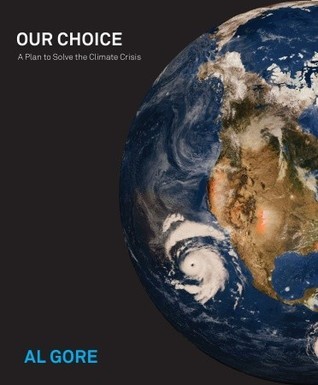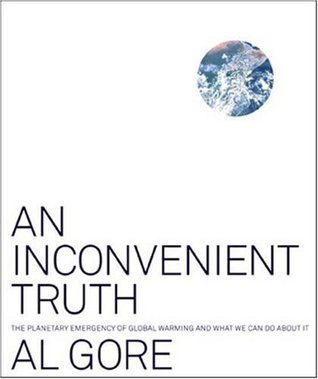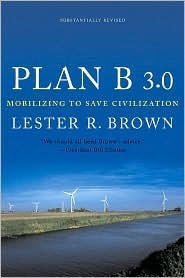
Our Choice: A Plan to Solve the Climate Crisis
Book Description
Imagine a world where the air is clean, the oceans are thriving, and communities are united in the fight against climate change. Al Gore's "Our Choice: A Plan to Solve the Climate Crisis" presents a gripping tableau of hope and innovation, showcasing transformative solutions that can reverse the devastating effects of global warming. Packed with striking imagery and compelling narratives, it confronts the urgency of our current reality while illuminating the paths to a sustainable future. As the clock ticks down on environmental decay, what choices will we make to build the world we envision?
Quick Book Summary
"Our Choice: A Plan to Solve the Climate Crisis" by Al Gore is a compelling call to action for addressing climate change through tangible, scalable solutions. Building on the foundations established in his earlier work, Gore explores a diverse array of energy sources, policy approaches, and technological innovations that can dramatically reduce greenhouse gas emissions. He balances an honest discussion of the risks and obstacles with a sense of hope rooted in human ingenuity and global collaboration. Through vivid examples, scientific insight, and engaging visuals, the book serves both as an urgent warning and a manual for policymakers, business leaders, and citizens worldwide. Ultimately, Gore argues that confronting the climate crisis is not just an environmental imperative, but a moral and economic choice that will define the health and prosperity of future generations.
Summary of Key Ideas
Table of Contents
The Promise and Challenge of Renewable Energy
Al Gore begins by framing the climate crisis as both a planetary emergency and a defining opportunity for humanity. He reviews the scientific consensus on global warming, highlighting its dire consequences for ecosystems, human society, and future generations. Yet, rather than focusing primarily on the dangers, Gore emphasizes the marked progress in public awareness and the historic momentum for change. This sets the foundation for investigating how collective choices will determine the planet’s future, urging readers to see themselves as empowered participants in the solution.
Innovative Solutions Across Sectors
A central thrust of the book is the exploration of renewable energy. Gore provides a comprehensive overview of solar, wind, geothermal, hydro, and advanced biofuels, analyzing their strengths, limitations, and scalability. He showcases successful projects around the world, illustrating that a diversified, decentralized approach can replace fossil fuels. By illuminating technological advancements and the precipitous drop in the cost of renewables, Gore makes a compelling economic case for rapid adoption. He also stresses the importance of upgrading energy grids and storage, so new systems can reliably deliver power.
Behavioral and Policy Change
Beyond new energy sources, Gore addresses innovative climate solutions in agriculture, forestry, transportation, and urban design. He discusses practices such as reforestation, soil carbon sequestration, and sustainable farming that restore natural carbon sinks. In transportation, he highlights electric vehicles, mass transit, and efficiency standards. Urban redesign, including smart growth and low-carbon infrastructure, is posed as essential for sustainable living. Across these sectors, Gore underscores that innovation is not confined by geography or income—solutions are being piloted in both developing and developed nations.
Barriers: Political, Economic, and Social
Gore is candid about the barriers to change. He identifies entrenched political interests, misinformation, and economic inertia as formidable obstacles to progress. Vivid case studies of energy lobbying, regulatory loopholes, and cultural resistance illustrate why transitioning to a green economy is so challenging. However, the narrative reframes these impediments as targets for policy reform and civic activation. Gore contends that transparent leadership, regulatory incentives, and grassroots activism are crucial to dismantling opposition and paving the way for systemic change.
The Power of Global Collaboration
Finally, Gore spotlights the imperative of global cooperation. The climate crisis, he argues, transcends national borders and requires a unified response. International agreements, technology transfer, and shared financial commitments are presented as pathways to equity and effectiveness. He concludes with a stirring appeal: solving the climate crisis is not only possible but within reach—if societies make conscious, collective choices to support sustainability, justice, and innovation. The future, Gore insists, remains in our hands.
Download This Summary
Get a free PDF of this summary instantly — no email required.





